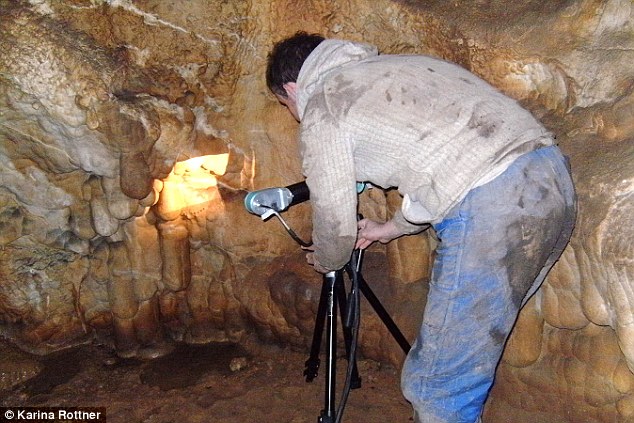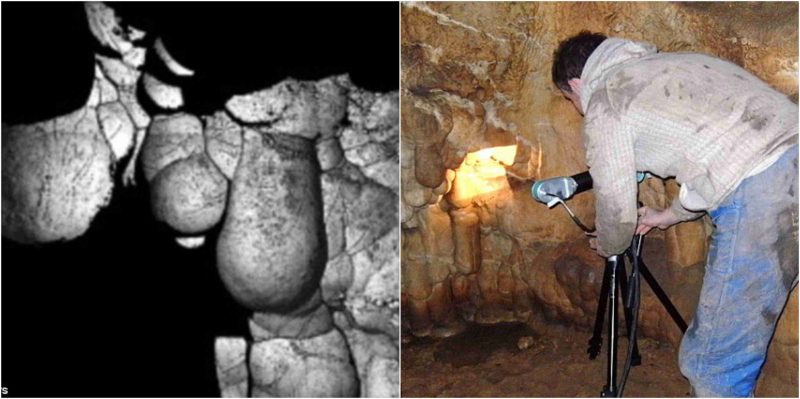For centuries people have been stumbling across artwork that was left by previous humans. Whether the artwork was jewelry, sewing materials, or cave art, it is all significant to the world today.
For years, experts believed that the earliest example of Stone Age art was found in a cave in Germany. The artwork depicted a man, a woman, and a phallus. The artwork had been continuously claimed as the earliest example of art.
The artwork was found in the Maanderhohle cave in Bavaria, measuring to be about 75 meters long. This find was hailed as a huge breakthrough. There were hundreds of lines found, forming patterns which were believed to represent fertility symbols.

After the art was discovered, an archaeologist went back several years later so that he could publish his interpretation of the shapes and art. He said the lines dated back to about 14,000 and 16,000 years old. They had been created by humans and depicted a phallus and abstract female figures.
The art was in the long cave, also full of round deposits of minerals also known as cave clouds. They form on the rocks in a similar way as stalactites and stalagmites. Back in 2005, the cave researchers had found a larger number of lines that appeared to have been made by the humans on the harder rock surfaces of the cave clouds.
One of the experts, Julia Blumenrother, said that the original report had required some further investigations. Blumenrother worked on the project with a team from the Neanderthal Museum in Mettmann and support from the Bavarian State Office for the Preservation of Historical Monuments. She had examined 138 lines which were thought to have been made by humans over the course of two explorations.
Andreas Pastoors, a Stone Age art expert, said that if they were actually made by humans, there would have been clearer evidence that special Stone Age tools were used like the ones found in other surrounding locations.
Blumenrother was a student at the time she had conducted her research. She had used a large range of archaeological methods in order to document and analyze the lines in the Upper Franconian cave. She had also used several new technologies like the digital microscopy and structure-light 3D scans to see how deep the shapes and lines went into the rock.
She then took the digital images which showed the cross-sections of the course of the lines with the carved lines in other cave art samples as well as ones made in a laboratory. In order to do this, she had to carve into samples of the rock which were taken from the cave. She then had to use special engraving tools to make a tester.
The analysis had shown that the criss-cross sections of the lines had contradicted her hypothesis that humans had made those carvings. It was most likely not possible that they had made them using a hard, sharp object.
Blumenrother also said that none of those lines had depicted any kind of Stone Age motif like the ones found in other various caves. This meant it was very unlikely that these lines were created by humans, and she concluded that the markings must have been naturally formed. Although this means that Maanderhohle cave can no longer claim to play host to Germany’s oldest cave artwork, it does say something about our tendency as humans to attribute meaning to “art” when none really exists.
